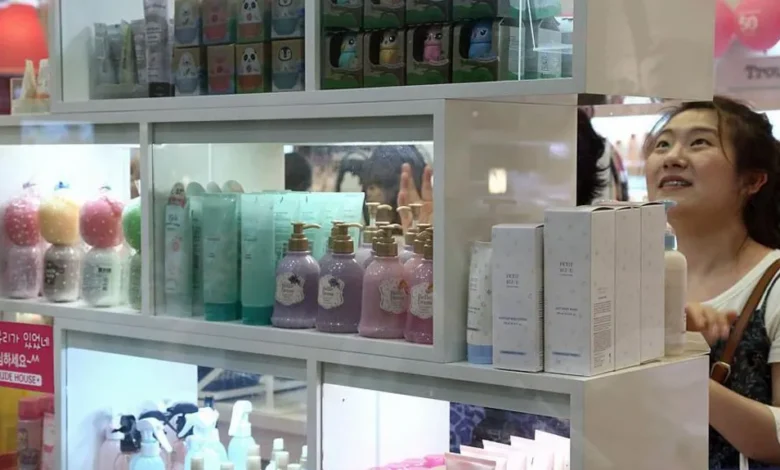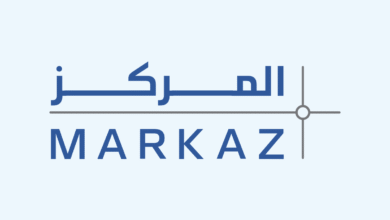
South Korea’s globally popular beauty industry — known as K-beauty — is feeling the pressure from new U.S. import tariffs announced by President Donald Trump.
The 15% levy on South Korean products traded with the U.S., though lower than the 25% previously threatened, is already stirring uncertainty among retailers and consumers.
According to news reports, the K-beauty, renowned for its high-quality skincare and innovative ingredients like snail mucin and heartleaf, has experienced a surge in popularity in recent years. U.S. consumers alone spent $1.7 billion on K-beauty products in 2024, a more than 50% increase from the previous year.
Among loyal customers is 27-year-old Pearl Mak, a graphic designer who says 95% of her skincare products are from South Korea. “They work better for my skin compared to many Western brands,” she says.
With the tariffs now in effect, retailers are rushing to stock up. Santé Brand, a U.S.-based K-beauty seller, reported a 30% spike in orders in April after the tariff news broke. “Consumers are getting strategic to cope with the uncertainty,” said founder Cheyenne Ware. Another seller, Senti Senti, confirmed suppliers are urging bulk orders before price hikes hit.
Experts warn that smaller retailers and brands will be hit the hardest. Operating on thin profit margins, many will struggle to absorb the added costs and will likely pass them on to consumers. “Prices are bound to rise,” Ware noted. “Thinking otherwise is unrealistic.”
While casual buyers might cut back, economists and sellers alike believe devoted fans of K-beauty will stick around. “There’s no easy substitute for these products,” said University of California’s economist Munseob Lee.
Still, customers may buy less. “I’ll probably still buy them,” Mak said. “It depends how much prices go up — but I’m willing to pay more for what works.”
Larger South Korean beauty brands are expected to weather the storm better, given their stronger financial buffers. Business consultant Eyal Victor Mamou predicts smaller firms will face greater challenges in maintaining affordability.
Tariffs on Japan and the EU — home to major cosmetics firms — have also been announced, putting global competitors on a level playing field with South Korean exporters. Whether this shift will benefit U.S. beauty brands remains unclear.
Despite Trump’s goal to boost American-made products, K-beauty fans like Mak remain unconvinced. “I haven’t found any U.S. alternatives that are as effective,” she said. “So I’m sticking with K-beauty.”










